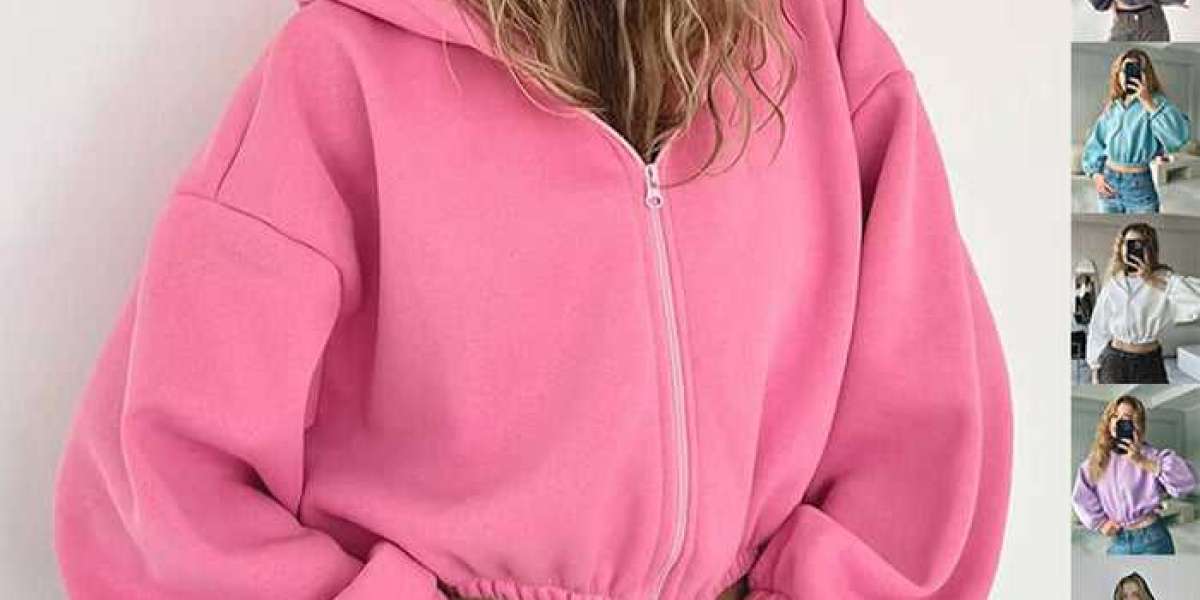In the world of hair care, purple toning shampoo is a must-have for anyone with blonde, silver, or gray hair—or even those with highlights. This specialized product helps maintain vibrant, cool-toned hair and prevents it from becoming brassy over time. But what exactly is purple toning shampoo, and how does it work to keep your hair looking fresh and salon-finished? Let’s dive into the details of this product, why it’s so effective, and how to make the most of it in your routine.
What Is Purple Toning Shampoo?
Purple toning shampoo is a type of shampoo designed to neutralize yellow, orange, or brassy tones in light-colored hair. It contains purple pigments, which help balance unwanted warm tones that tend to develop over time in blonde, silver, gray, or highlighted hair. The shampoo is typically used a few times a week, depending on individual hair needs, to maintain a clean, cool-toned color.
Purple shampoo works on color-treated hair, but it’s also highly beneficial for natural blondes or those with gray or white hair. Light-colored hair is particularly prone to brassiness due to exposure to sunlight, hard water, heat styling, and general product buildup. Purple shampoo helps counteract this by depositing a small amount of purple pigment onto the hair shaft.
Why Purple?
The effectiveness of purple shampoo lies in basic color theory. On the color wheel, purple and yellow are opposite each other, which means they are complementary colors. When applied to hair, purple neutralizes yellow, canceling out the warm tones and helping your hair appear cooler and more vibrant. For those with hair that leans toward yellow, a purple-toned shampoo is a simple yet effective way to maintain a cool-toned look.
How Does Purple Toning Shampoo Work?
Purple toning shampoo deposits a subtle purple pigment onto the hair, which counteracts yellow tones. Here’s a step-by-step breakdown of how it works:
- Purple Pigments: Purple shampoo contains semi-permanent pigments that cling to the surface of each hair strand. When applied to blonde, silver, or gray hair, these pigments mask the yellow tones and leave the hair looking cooler.
- Surface-Level Coloring: Unlike hair dye, purple shampoo only deposits pigment on the outer layer of hair and doesn’t penetrate deeply into the hair shaft. This makes it a safer option for maintaining color without permanent changes.
- Temporary Neutralizing Effect: Because the pigment is only on the surface, the toning effect is temporary. That’s why regular use is necessary to keep brassy tones at bay. The shampoo doesn’t lighten hair but rather maintains and enhances its tone.
- Acidic pH: Some purple shampoos are formulated with an acidic pH to help seal the hair cuticle, which can give hair a smooth, shiny finish and prevent color fading. This is especially useful for those with damaged or porous hair.
Benefits of Using Purple Toning Shampoo
There are several reasons to incorporate purple shampoo into your hair care routine if you have light-colored or color-treated hair:
- Neutralizes Brassiness: Purple shampoo effectively cancels out unwanted yellow and orange hues, restoring a cooler tone to the hair.
- Enhances Shine and Vibrancy: Regular use of purple shampoo keeps blonde, silver, or gray hair looking fresh, vibrant, and shiny. It’s especially beneficial for highlighted hair, as it can make highlights stand out more.
- Prolongs Salon Color: If you’ve invested in a salon color, using purple shampoo can help extend the time between touch-ups by maintaining the color quality.
- Minimizes Fading: Purple shampoo helps protect against fading from sun exposure, hard water, and other environmental factors that can cause blonde and gray hair to become dull and brassy.
How to Use Purple Toning Shampoo: Step-by-Step Guide
Getting the most out of purple shampoo requires a little technique. Here’s a quick guide to ensure optimal results:
- Start with Wet Hair: Purple shampoo should be applied to thoroughly wet hair, as this helps the product spread evenly.
- Apply a Generous Amount: Depending on your hair length and thickness, dispense a small handful of shampoo into your palms and work it through your hair. Focus on areas that tend to show the most brassiness, like the mid-lengths and ends.
- Leave it In: Let the shampoo sit for about 2–5 minutes, but adjust the time based on your desired tone. The longer you leave it in, the more intense the toning effect will be, but be cautious, as leaving it on too long can give your hair a slight purple tint.
- Rinse Thoroughly: Make sure to rinse out the purple shampoo completely. Any leftover product could weigh down the hair or cause a purple tint.
- Follow with Conditioner: Purple shampoo can sometimes be drying, so it’s best to follow up with a hydrating conditioner. Some people like to use a purple conditioner as well to enhance the toning effect.
- Use 1–3 Times Per Week: Most people find that using purple shampoo 1–3 times per week provides the best results without over-toning or dulling the hair. Adjust the frequency based on how your hair responds.
Common Mistakes to Avoid When Using Purple Shampoo
To get the best results from purple shampoo, avoid these common pitfalls:
- Overusing: Using purple shampoo every day can lead to a dull, ashy look or even a slight purple cast. Stick to 1–3 times a week unless you have very resistant brassiness.
- Applying on Dry Hair: While some people believe this enhances the toning effect, applying purple shampoo on dry hair can cause uneven distribution, leading to purple patches.
- Skipping Conditioner: Purple shampoo can be slightly drying, so following up with a moisturizing conditioner is essential to keep hair soft and manageable.
- Leaving it in Too Long: Longer is not always better. Leaving purple shampoo in for an extended period can cause the hair to pick up a purple or blue tint. Always follow the product’s recommended instructions.
Choosing the Right Purple Toning Shampoo for Your Hair
Not all purple shampoos are created equal, and finding the right one for your hair type is important. Here are a few tips for selecting the right product:
- Check the Shade of Purple: Some purple shampoos have a deep, rich violet, while others are more lavender. The intensity of the purple may affect how well it neutralizes brassiness.
- Consider Ingredients: Look for shampoos that contain hydrating ingredients like keratin, oils, or vitamins, as purple shampoo can sometimes be drying.
- Choose a Formula for Your Hair Type: For those with dry or damaged hair, a moisturizing purple shampoo is best. If you have oily hair, opt for a lighter formula that won’t weigh your hair down.
Frequently Asked Questions About Purple Toning Shampoo
- Can Purple Shampoo Turn My Hair Purple?
- While purple shampoo deposits only a temporary pigment, leaving it in too long can sometimes result in a light lavender hue. However, this effect is usually mild and fades with normal washing.
- Is Purple Shampoo Only for Blondes?
- No! Purple shampoo is also effective for people with gray, silver, or lightened hair and can benefit anyone looking to reduce brassiness in lighter shades.
- Can Purple Shampoo Be Used on Natural Hair?
- Yes, natural blondes or those with naturally gray hair can also use purple shampoo to keep their hair looking fresh and vibrant.
Conclusion
Purple toning shampoo is a valuable tool for anyone wanting to maintain cool, bright tones in light-colored hair. By understanding how it works and using it correctly, you can effectively counteract brassiness, enhance vibrancy, and prolong your color between salon visits. With the right product and a balanced routine, purple shampoo can be your go-to for beautiful, brass-free hair.







